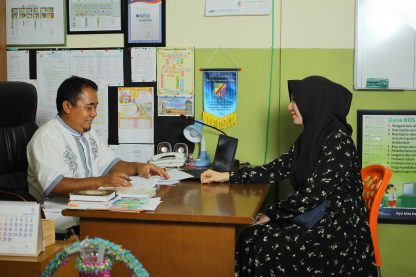Table of Contents
Importance of Age-Appropriate Guidelines
Understanding age-appropriate guidelines for babysitting is crucial for ensuring the safety and well-being of the children in your care. Children of different ages have distinct needs, abilities, and interests, and it is essential to tailor your caregiving approach accordingly. By following age-appropriate guidelines, you can provide age-specific care, engage children in developmentally appropriate activities, and respond effectively to their unique needs. Additionally, adhering to these guidelines can help you build trust with parents and establish yourself as a reliable and responsible babysitter.
On-Demand Childcare in Your Neighborhood
Book a Sitter
Infants and Toddlers
Babysitting infants and toddlers requires special attention and care due to their developmental stage and dependency on adults. When caring for infants, it is essential to prioritize their safety, comfort, and routine. Always place infants on their backs to sleep, avoid giving them any small objects that could pose a choking hazard, and ensure that their environment is free of potential dangers. When caring for toddlers, engage them in age-appropriate activities that promote their physical, cognitive, and social development. Encourage them to explore and play while providing a safe and supervised environment.
Preschoolers
Preschoolers are typically curious, energetic, and eager to learn, making babysitting them a fun and rewarding experience. When caring for preschoolers, engage them in creative and educational activities that support their development and keep them entertained. Encourage imaginative play, read books together, and provide opportunities for physical activity to help them burn off excess energy. Set clear boundaries and expectations, praise positive behavior, and use positive reinforcement to establish a positive and respectful relationship with preschoolers.

School-Age Children
School-age children are more independent and capable of expressing their needs and preferences, but they still require supervision and guidance when being babysat. When caring for school-age children, encourage them to complete their homework, engage in extracurricular activities, and follow household rules. Provide opportunities for them to make choices, express themselves, and develop problem-solving skills.
Foster open communication, listen to their concerns, and address any issues that may arise in a calm and patient manner.
Tweens and Teens
Babysitting tweens and teens requires a different set of skills and approaches, as older children have their unique interests, responsibilities, and challenges. When caring for tweens and teens, respect their independence, privacy, and boundaries while maintaining a level of supervision and support. Encourage them to practice self-care, make healthy choices, and communicate openly with you about their needs and concerns. Establish clear expectations regarding behavior, household rules, and responsibilities, and model positive behavior and communication skills for them to emulate.
In conclusion, understanding age-appropriate guidelines for babysitting is essential for providing quality care to children of all ages. By following these guidelines and tailoring your approach to the specific needs and capabilities of the children in your care, you can create a safe, engaging, and nurturing environment that promotes their well-being and development. Remember to communicate openly with parents, seek guidance when needed, and prioritize the safety and happiness of the children in your care. With the right knowledge and approach, you can become a trusted and reliable babysitter who makes a positive impact on the lives of the children you care for.










